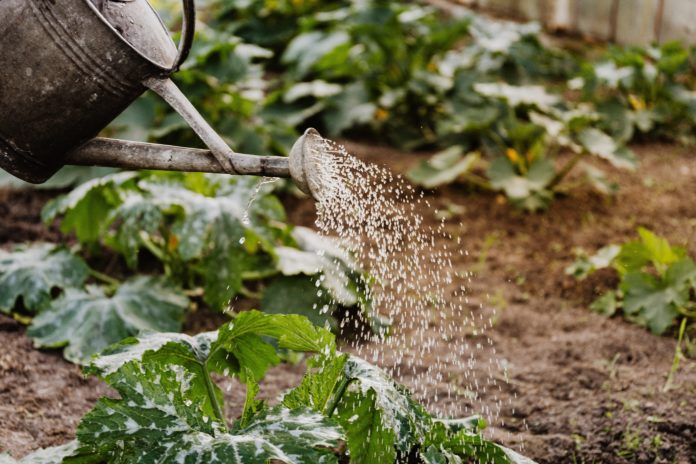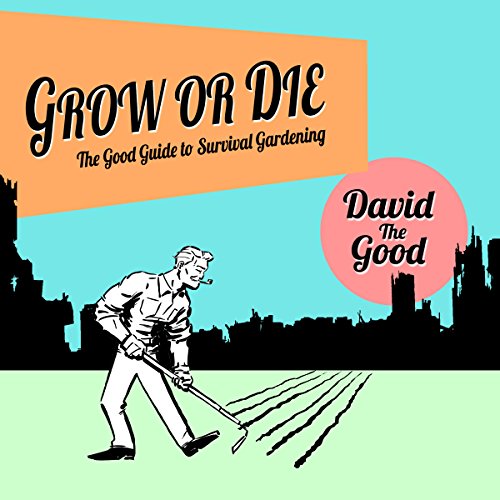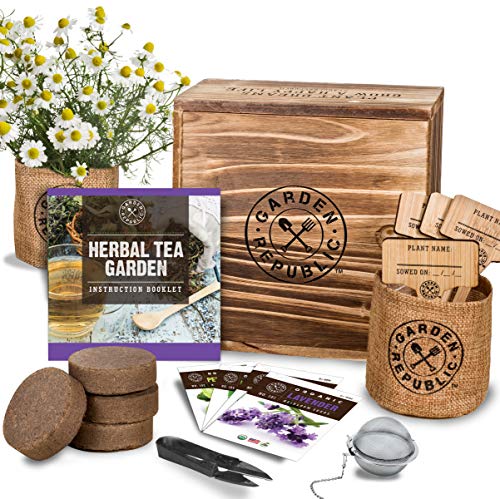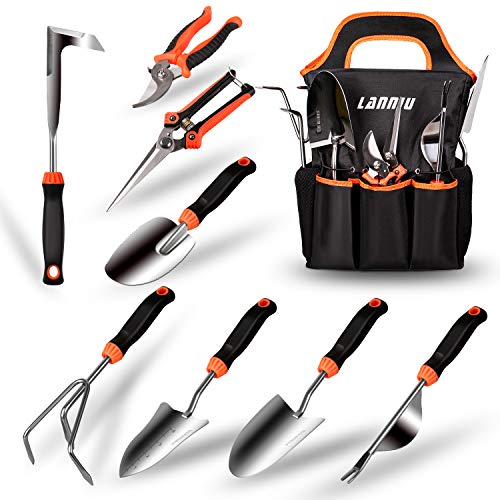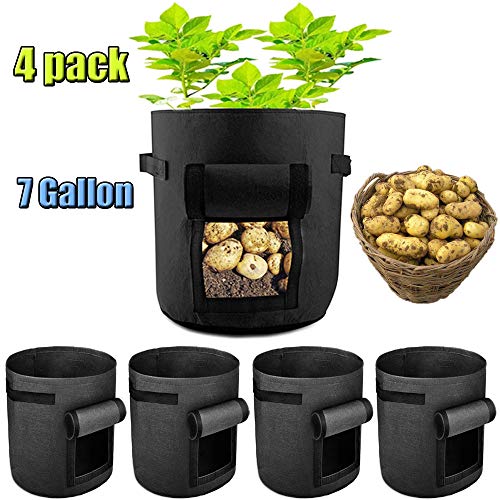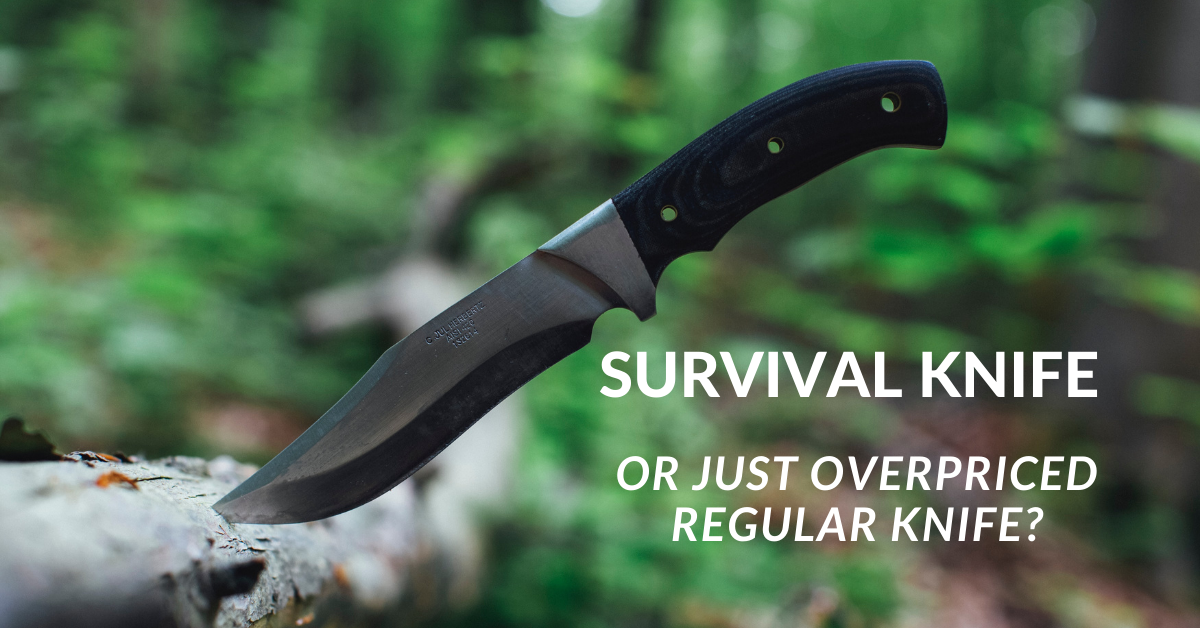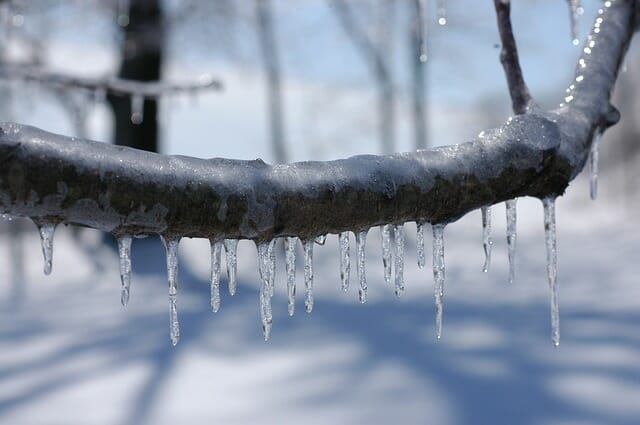Perhaps the past year or so has inspired you to learn to garden. You may desire a vegetable or fruit garden or both. You may never have grown a thing. You do not need gardening experience or a natural “green thumb” talent to grow a garden. You can do it just by following directions from a book or two. You also need to purchase the right tools and seeds or starter plants.
Getting Started with the Right Books
Many gardening books crowd the shelves of bookstores and the warehouses of numerous electronic stores. You need books specifically on survival gardening. Try “Grow or Die,” which provides a primer on the topic written by a leading expert in the field. It covers when and how to plant the best vegetables to choose, whether to use seeds or starter plants, and tips on tools and building garden beds.
Buy Grow Or Die Audible Book Here
Urban area gardening requires raised garden beds. Most of the dirt in cities won’t provide an appropriate soil source for plants, so you need to create one using potting soil, bone meal, nutrient additives, and more.
You also need to learn how to build your garden bed and frame it. Try “Raised Bed Gardening for Beginners: Everything You Need to Know to Start and Sustain a Thriving Garden,” which explains everything it says it does in the title. That’s not facetious. The tome essentially provides an encyclopedia on the topic that isn’t in encyclopedia form.
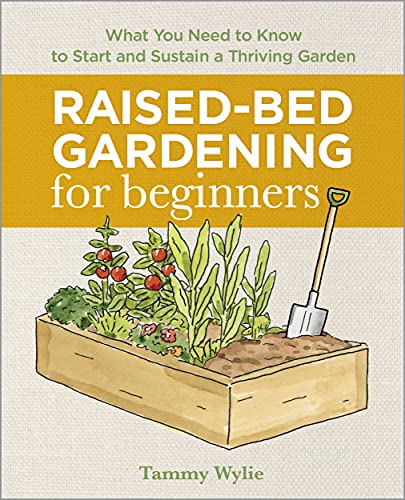 Raised-Bed Gardening for Beginners
Raised-Bed Gardening for Beginners
Since we’re covering survival gardening, you need herbs for making medicines. You can purchase kits that provide the seeds, plant stakes, and a book on how to plant and maintain your herbs. This option, “Herb Growing Kit for an Indoor Garden of Medicinal Herbs” provides everything you need to grow an indoor herb garden.
Purchase an Indoor Garden Herb Kit – Beginner Friendly
The Appropriate Gardening Tools
You need the right tools to plant. Planting starts weeks before you put anything into the ground because you must prepare the soil. You need the appropriate garden tools for that. You could pick up this Gardening Tool Set with 13 stainless steel garden hand tools. They come organized in a portable carrying case. This set comes in orange, but you can find sets by the same manufacturer in other colors.
Get a Gardening Tool Set for Your Survival Garden
You also need full-sized gardening implements. The minimum of these tools consists of a garden hoe, a shovel, and a garden hose. You could also purchase a hand-pushed plow and cultivator if the idea of shoveling and hoeing your garden rows doesn’t seem too fun.
If you need to build a raised bed, you will also need basics like a saw, hammer, and nails, plus two by fours. Your local gardening store can help you determine how many bags of potting soil you need to build the bed. This depends on the size of the bag and how many beds you want to build.
You can also opt to plant in large containers if you do not want to create garden beds. This container should stand about two feet in height and about as wide. They’re typically made of ceramic.
Buy a Non-woven Fabric Vegetable Garden Box
What we Have in Our Survival Garden
Since we’re thinking in survival mode, you should plant what you like to eat. You might like iceberg lettuce, but your neighbor might make a salad from spinach. You choose what you like but do try chard if you enjoy a little bite to your vegetables. If you aren't picky, try this 35 herb and vegetable garden variety seed pack.
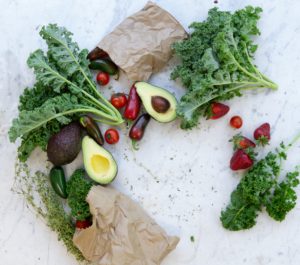
Buy a Vegetable and Herb Variety Pack Today
- Choose at least one type of tomato. Whether it’s Roma, beefsteak, or you erect a greenhouse to grow actual hothouse tomatoes, this vegetable goes well in a salad, on sandwiches, provides the base for many sauces and condiments.
- Cucumbers work well as salad vegetables, sliced into vegetable chips, or brined in vinegar to make pickles. This multi-use vegetable tastes great and it grows well in many situations.
- Choose a bean and cultivate it. Legumes provide a terrific protein source. Black, bush, pinto, white, garbanzo – beans taste great and provide a flexible base for many dishes.
- Grow either onions or leeks. You can easily grow onions, whether you choose large onions that grow to baseball size or small onions that provide greens for salads and white onion ends for topping hamburgers and hotdogs. Leeks grow well in many climates and taste a lot like long onions.
- Choose a potato – sweet or regular. This delicious starch grows well under the ground, and you can cultivate it in containers easily. Besides, in the event of an apocalypse, you need French fries.
- If you have the room, grow corn. You also need popcorn for movie nights. You can also cook the corn on ears, slice it off for canning, use it in salsa, and many other recipes.
- Choose a squash and okra. These vegetables round out your cooking essentials. You can use them alone or in casseroles. They taste great baked or fried.
What You Have to Research
If you have never grown plants, much less a garden, you need to first check the USDA website. Every area of the US has different times to plant and different plants that you can grow outdoors. The USDA divided the country into zones to make it simple to know in which area you reside. You check the map provided and determine your zone.
When you shop for seeds, you will see the zone information provided. These zones range from 1a to 13b. Each zone has an “a” and “b.” The zones designate the typical temperatures of that area. Much of the US territory of Puerto Rico is 13a and 13 b, but the lower half of Alaska is in 2b, 3a, and 3b. As the numbers grow larger, the temperatures in that area grow warmer.
If you try to plant something that only grows well in zone 5 in zone 9, it won’t grow. The plant won’t be able to thrive outdoors in a climate completely unsuitable for it. You could build a greenhouse and grow some items like watermelon and cantaloupe that require semi-tropical weather inside.






